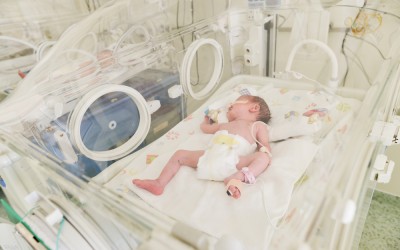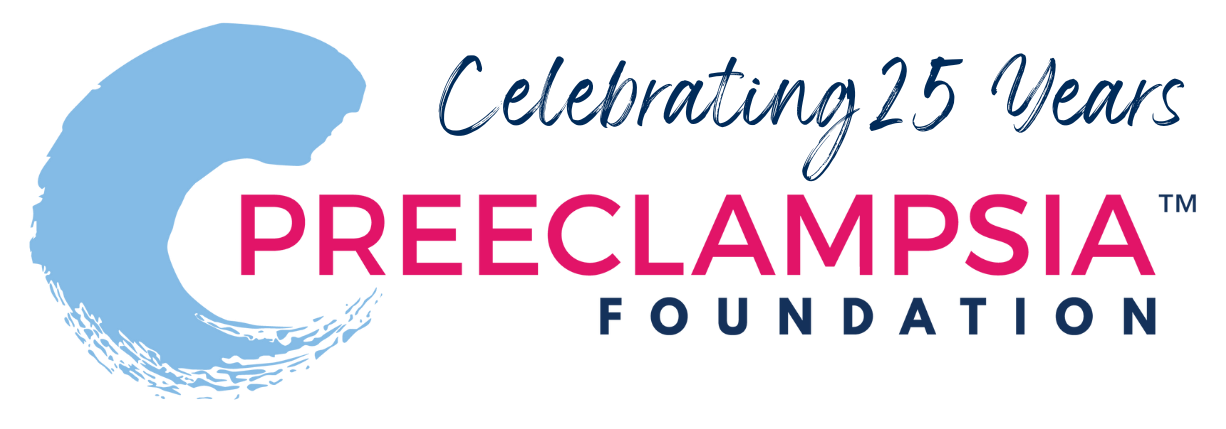
To Rest or Not to Rest? That's the Question
Four separate studies from the past year found no scientific evidence supporting bed rest in pregnancy and several actually reported harmful effects from placing an expectant mom on prolonged bed rest. In a recent issue of Obstetrics & Gynecology, Dr. Robert Lorenz summarizes current research findings:
- Activity restriction among women with a short cervix may actually increase preterm birth;
- Therapeutic bed rest in pregnancy is unethical and unsupported by data, and if used, should be limited to investigational trials with informed consent so the woman fully knows the risks;
- It may cause both mental and physical harm; and finally,
- "Bed Rest in Pregnancy: Time to Put the Issue to Rest" states that while physicians may prescribe activity restriction, most still believe it does not work. It also costs $2-7 billion and affects almost 1 million families annually.
This begs the question: why do so many women at risk for preeclampsia get put on bed rest?
Members of the Preeclampsia Foundation's Medical Advisory Board suggest that in certain individuals, reduced activity - rather than strict bed rest - may be beneficial. For instance, your job or lifestyle may include strenuous physical activity that should be curtailed. Doctors would discourage high intensity cardiovascular training in an "at risk pregnancy."
Your individual situation may include other factors, not related to preeclampsia, that warrant reduced activity or bed rest. This may include:
- Vaginal bleeding or problems with the placenta
- An incompetent cervix - a condition in which the cervix is likely to open (dilate) prematurely
- Contractions and other advanced signs or symptoms of preterm labor
- A twin or multiple pregnancy
In any case, be aware that bed rest increases your chances of deep vein thrombosis (DVT), otherwise known as blood clots. Discuss with your healthcare provider steps you should take to minimize your chances of developing blood clots, as well as the specific details of how strictly you should adhere to this instruction. Bed rest, like any medical intervention, should always be evaluated against its Benefits, Risks and Alternatives. Mentally and emotionally, if you are cautioned to reduce your activity or spend a lot of time in bed, we have compiled some great tips so it doesn't feel like solitary confinement.
Were you put on bed rest in your pregnancy? What did that experience do for you? Talk about it here.
References:
1. Grobman WA, Gilbert SA, Iams JD, Spong CY, Saade G, Mercer BM, et al. Activity restriction among women with a short cervix. Obstet Gynecol 2013;121:1181–6. Available at: http://dx.doi.org/10.1097/AOG.0b013e3182917529.
2. McCall CA, Grimes DA, Lyerly AD. “Therapeutic” bedrest in pregnancy: unethical and unsupported by data. Obstet Gynecol 2013;121:1305–8. Available at: http://dx.doi.org/10.1097/AOG.0b013e318293f12f.
3. Maloni JA. Lack of evidence for prescription of antepartum bed rest. Expert Rev Obstet Gynecol 2011;6:385–93. Available at: http://dx.doi.org/10. 1586/eog.11.28.
4. Biggio JR Jr. Bed rest in pregnancy: time to put the issue to rest. Obstet Gynecol 2013;121:1158–60. Available at: http://dx.doi.org/10.1097/AOG.0b013e318294480d.
Related Articles

Doulas can help bridge the gap for any mom, but especially those most vulnerable to maternal illness and death.

Stories of our brave women and families who have been affected by preeclampsia and HELLP syndrome. Please note that due to a technical issue, we are currently fixing the images on this page.

What is Preeclampsia? Preeclampsia is a hypertensive disorder that occurs only during pregnancy and the postpartum period and affects both the mother and the unborn baby. Affecting at least...

Birth Trauma Resources Between 25 and 34 percent of women report that their births were traumatic. A traumatic birth experience is defined by circumstances in which the individual patient bel...

Meghan Markle is opening up about her experience with postpartum preeclampsia in the debut episode of her new podcast, Confessions of a Female Founder. In the episode with her first guest and clo...
1732072344.png)
While the Preeclampsia Foundation has been championing patient advocacy and representation for all families affected by hypertension in pregnancy throughout our 25 year history, we recognized the uniq...

For many members of the preeclampsia, HELLP syndrome, and eclampsia community, the neonatal intensive care unit (NICU) is a life-changing part of their pregnancy and birth experience. Parents from our...

Resultados de varios estudios apoyan la hipótesis de que el estrés causado por un embarazo y parto traumáticos puede en muchas ocasiones anular la habilidad de salir adelante emoc...

As an advocate who served on the planning committee for the Foundation’s Chicago Promise Walk and 5K Run for numerous years and currently serves on the Patient Advisory Council, Jasmine Mago is...

